Popular JavaScript Frameworks to Build API and Microservices
In this post, we will discuss the most popular JavaScript frameworks used to build APIs and Microservices.
Join the DZone community and get the full member experience.
Join For Free
JavaScript is surely ruling the roost and will continue its dominance over the world wide web as long as people use the Internet. Over the years, it has evolved manifolds, all thanks to the addition of NodeJS, jQuery, JSON (JavaScript Object Notation), MongoDB, and ES6 Generators!
Why JavaScript Is Important
JavaScript provides lots of frameworks/ libraries and tools which are simple to use and integrate with a variety of programming languages. For Example, NodeJS, Angular, React, Vue, Meteor, Google’s new Polymer, Mercury, Backbone, and much more.
JavaScript being supported in the backend is the most popular and most frequently used programming language among developers. A major chunk of resources and development time is saved because of the following benefits it provides-
1. Client-side Processing
2. Ease of learning because of easy syntax to learn.
3. Simple Implementation.
4. Easy to debug and test.
5. Fast Execution
6. Inexpensive Language
7. Extended functionality to Webpages
8. Browsers with built-in JavaScript
9. Event-based programming
10. Dynamic contents
Most Popular Language on GitHub
According to GitHub (the largest repository used by millions of developers the world over), JavaScript is the most popular programming language in respect to the number of opened pull requests (Pull requests indicate the amount of code being written).
In this post, we will discuss the most popular JavaScript frameworks used to build APIs and Microservices. Before diving straight into frameworks, we will understand the difference between APIs and Microservices.
Microservices and APIs are often being confused for each other. In reality, they are 2 separate concepts altogether, where API is a communication pattern and microservices are an architectural pattern.
Without further ado, let us start with the most popular JavaScript frameworks to build APIs and Microservices-
10 Popular JavaScript Frameworks to Build APIs
1. Hapi

Hapi is a very powerful JavaScript framework that builds secure, robust, and scalable APIs with minimum overhead and out-of-box functionality. Hapi is a highly preferred framework all over the globe by the developer community because of a well-developed plugin system and several key features like-
Key Features
- Implement caching
- Error handling
- Logging
- Input validation
- Configuration-based functionality.
Hapi is a configuration-driven pattern with a unique ability to create a server on a specific IP. Paypal and Disney beautifully display Hapi’s abilities in full galore.
2. Express
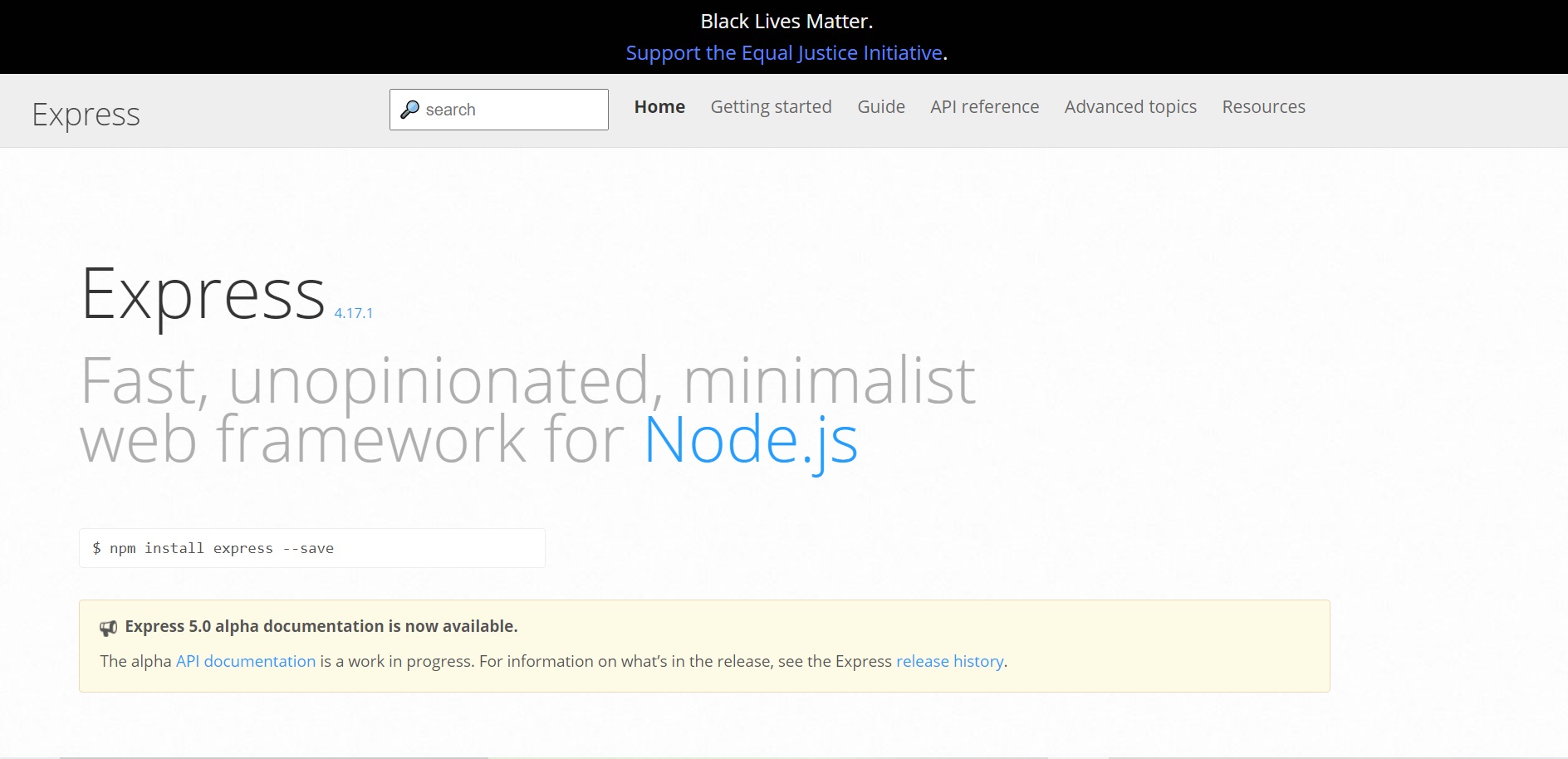
Express was built by core Node project team member TJ Holowaychuk, which is a fast, unopinionated, minimalistic JavaScript framework that provides a robust set of features for web and mobile applications. Backed by a large community of developers, it gets continuous updates and reforms of all the core features.
Express supports a lot of packages and template engines like Pug, Mustache, EJS, and much more, it’s robust API allows configuring routes to send/ receive requests between the front-end and database by serving as an HTTP server.
3. Restify
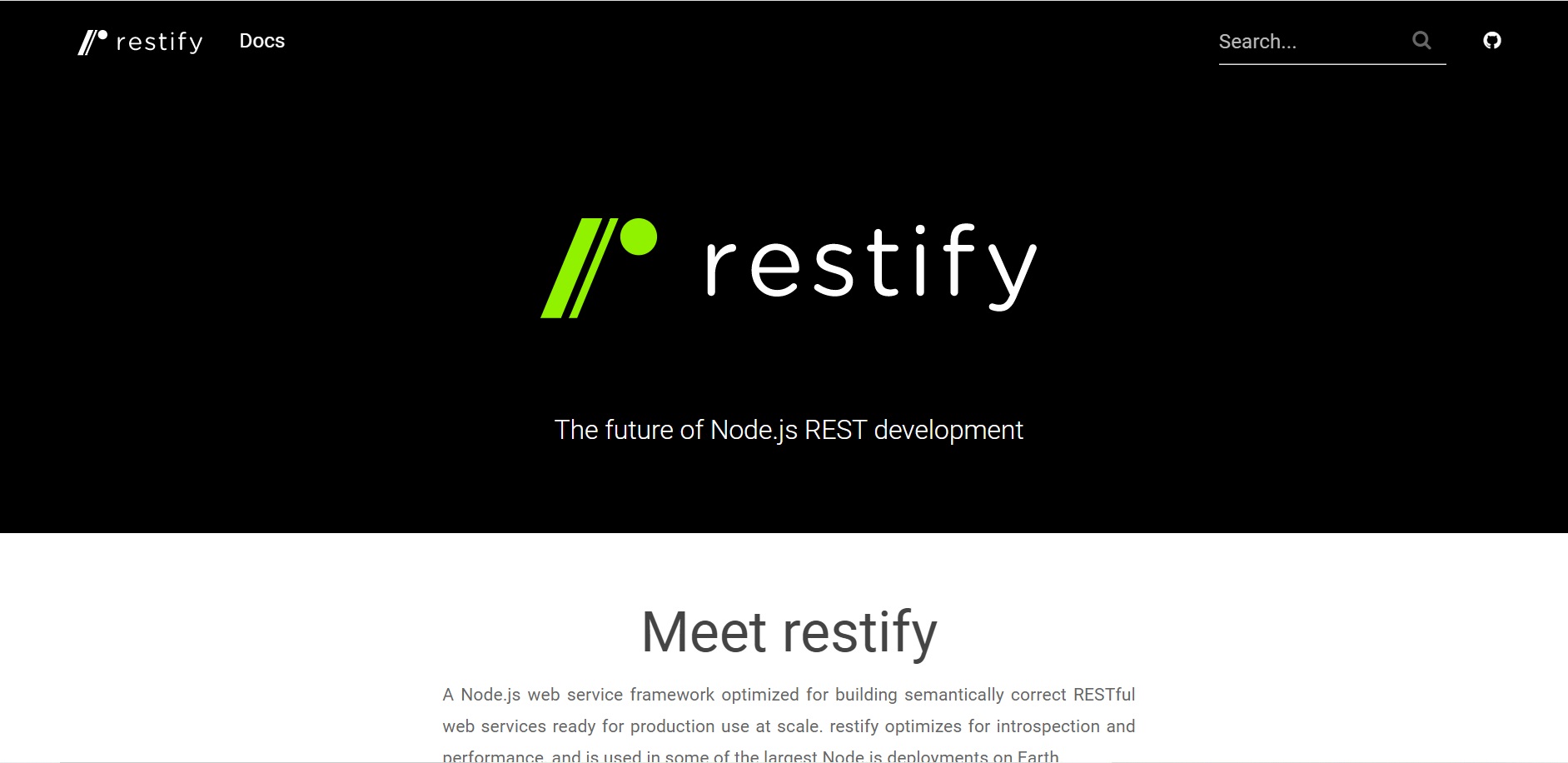 This web service framework utilizing connect style middleware for building REST APIs is optimized for building semantically correct RESTful web services ready for production use. Restify optimizes performance and is used for some of the largest Node.js deployments.
This web service framework utilizing connect style middleware for building REST APIs is optimized for building semantically correct RESTful web services ready for production use. Restify optimizes performance and is used for some of the largest Node.js deployments.
Key Features
- Semantically correct
- Debuggable
- Production-ready
Companies using Restify
- Netflix
- Napster
- npm
4. Sails
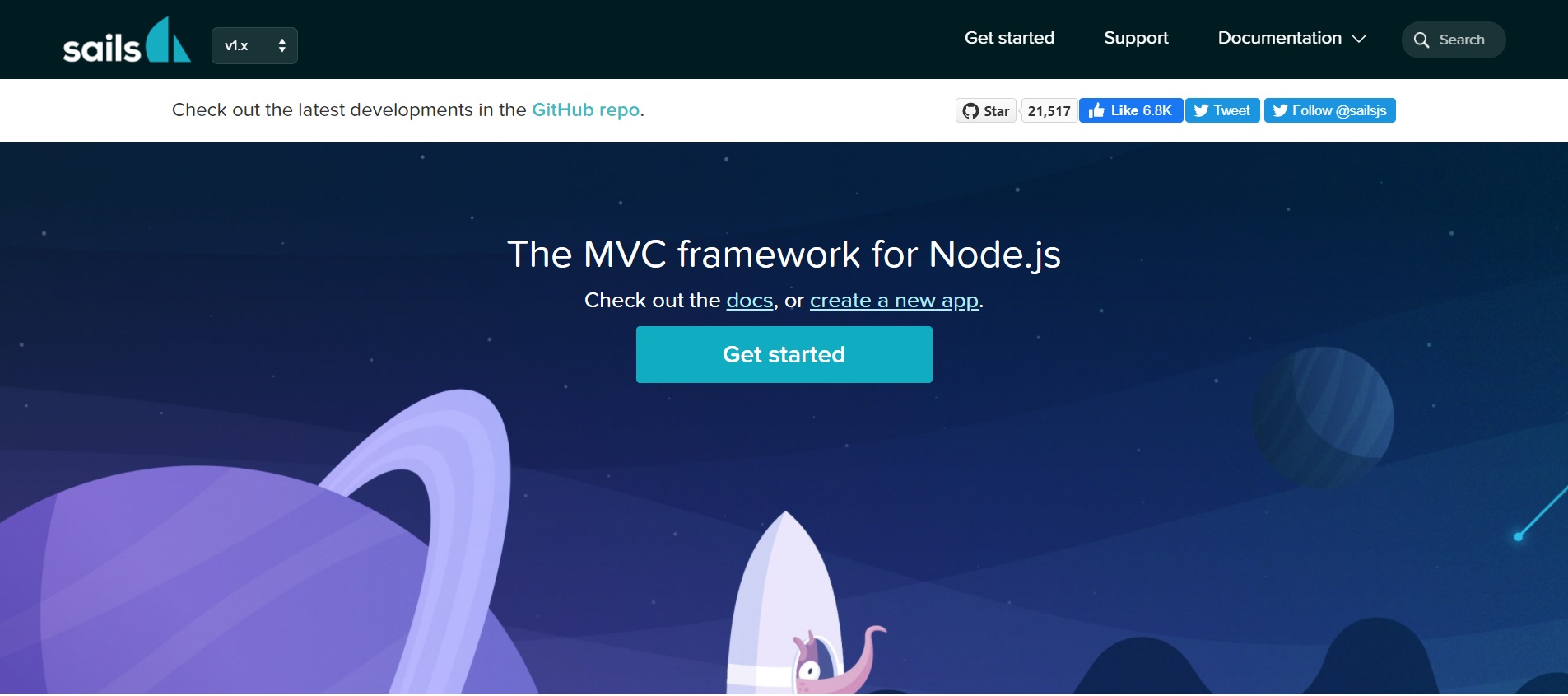
This MVC framework is most famous for building data-driven APIs with a scalable, service-oriented architecture, designed to emulate familiar MVC pattern of frameworks like Ruby on Rails. Sails build practical, production-ready Node apps in a matter of a few weeks.
It is most famous for building data-driven APIs and gained traction through the development of chat applications, dashboards, and multiplayer games. Also, Sails uses Express for handling HTTP requests, is built upon Node, and uses waterline for object-related mapping and DB solutions.
Key Features
- Auto-generated REST APIs.
- Works on any database
- Front-end agnostic
- Easy web socket integration
- Professional support
- 100% written in JavaScript
Top companies using Sails- Small or large all companies are using Sails-
- Microsoft
- WikiJobs
- Philips
- DXL
- Scout
- MOBOOM
- broadsoft
- And more….
5. Loopback
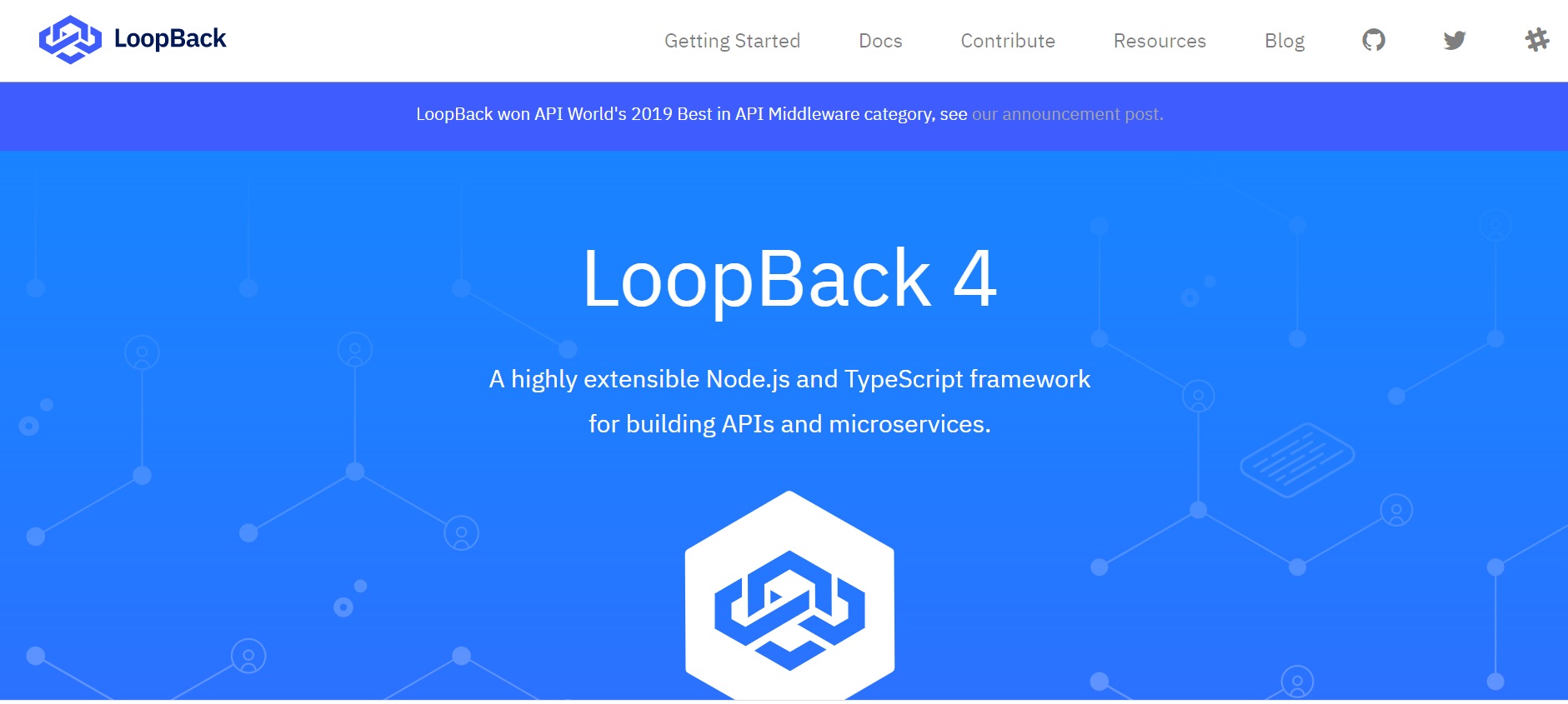
Loopback is considered as a highly extensible JavaScript(Node and TypeScript) framework for building APIs and microservices that allows the user to create such APIs that can work with any kind of web client and can be easily bridged to backend sources.
This new age modern application being an open-source framework allows the user to create dynamic REST APIs with minimum or no coding background. It permits to create of SDKs and API documentation due to widget-API explorer that comes in default.
Key Features
- OpenAPI Spec driven REST API
- Unbelievably extensible
- GraphQL support
- API swagger
- Better user management policy.
- 3-party login and storage service.
- Model-relation-support
6. Koa
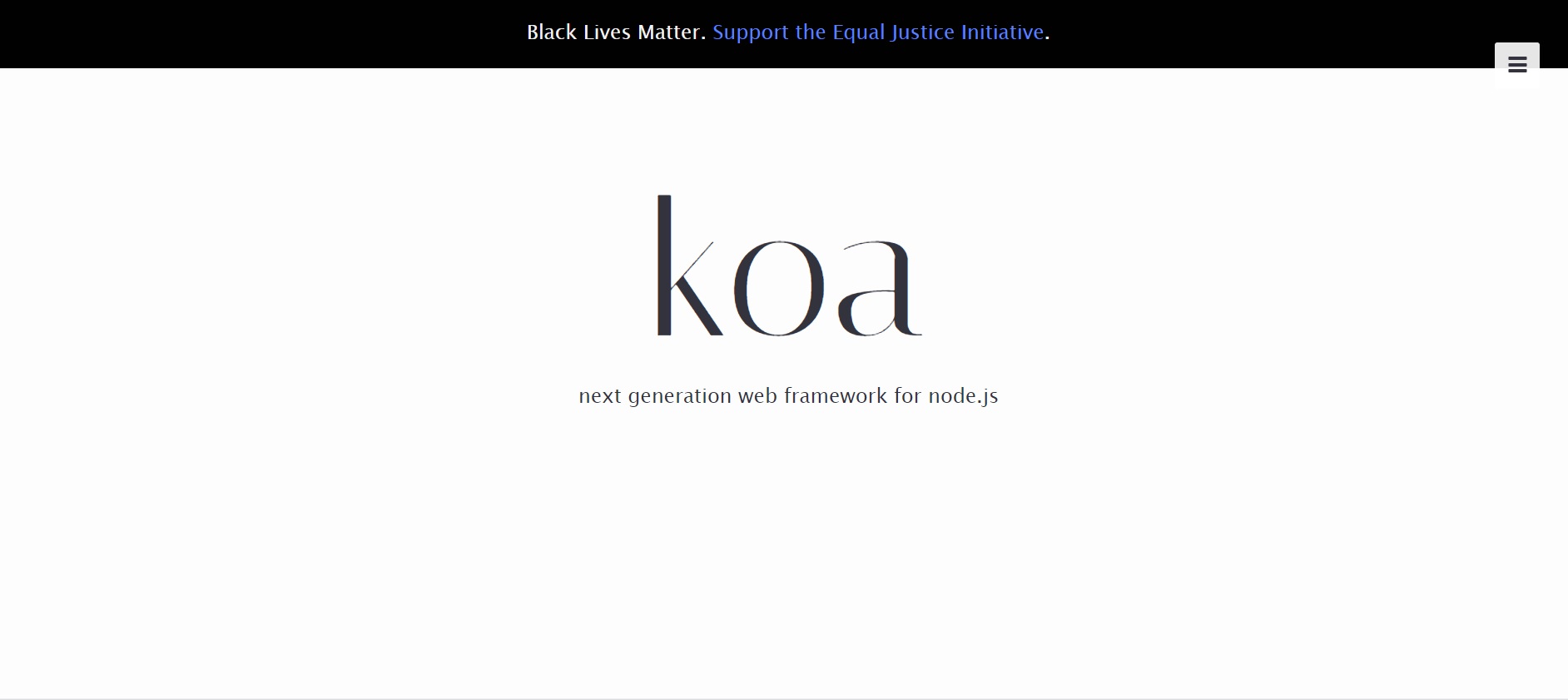
Koa, the next generation web framework for NodeJS was created by the same team that created Express to provide a more expressive and robust foundation for APIs and web applications. Koa requires a NodeJS version of at least 0.11 or higher.
Key Features
- Koa uses cool ECMAScript methods that have not even yet landed in some browsers.
- Allows working without callbacks while providing an immense increase in error handling.
- Koa provides an elegant suite of methods that make writing servers fast and enjoyable.
- More options for customization.
- Supports syn/await keywords and helps to manage the codes neatly.
7. Total.js
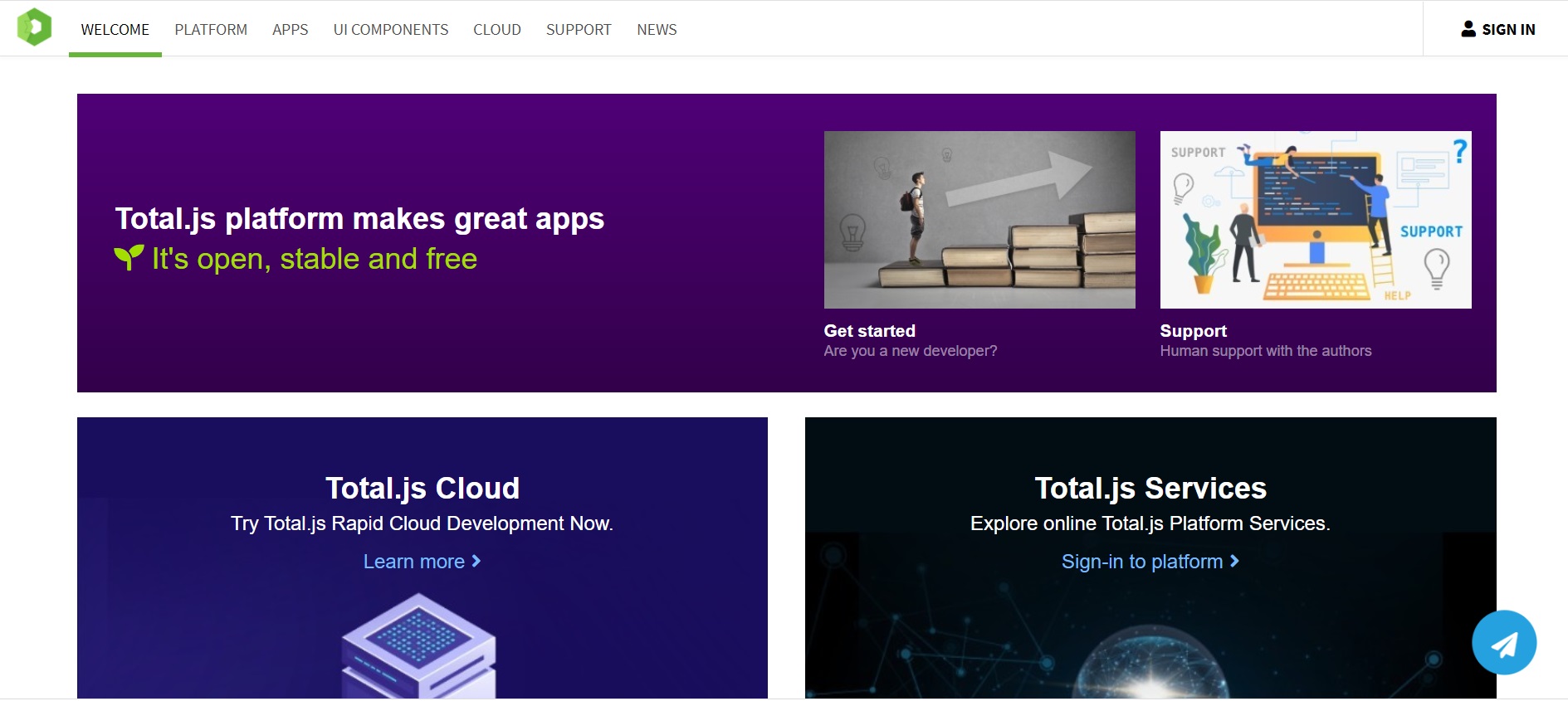
Total.js is an open, stable, and free JavaScript framework used to build fast, furious, and powerful REST services, websites, and real-time applications. Angular, Polymer, Backbone, Bootstrap, and other client-side JavaScript frameworks are fully compatible with TotalJS.
Totaljs has really beautiful versions like Total.js Eshop (which contains a user interface optimized for mobile devices), and it is downloadable by all its premium members.
Key Features
- Extensible and asynchronous.
- Easy to use
- Supports Arrays and other prototypes.
- Supports MVC architecture
8. Feathers

Feathers is a lightweight JavaScript framework for real-time applications and REST APIs, famous for building prototypes in minutes and production-ready apps in a few days. It supports a plethora of databases and works with many front-end technologies like React, React-native, VueJS, Angular, Android, or iOS. And it can interact with any backend technology as well!
Key Features
- Flexible Plugins
- Service-oriented
- Datastore agnostic
- Instant real-time REST APIs
- Universal
9. Fastify

As the name suggests Fastify is one of the fastest web frameworks, highly focused on providing the best developer experience with the least overhead and a powerful plugin architecture.
Its efficient server provides a low cost of the infrastructure, better responsiveness under load, and happy users. It is hugely inspired by Hapi, and Express frameworks.
Core Features on which Fastify is built
- Schema-based
- Extendible
- Developer friendly
- Logging
- TypeScript friendly
- Highly performant
10. Actionhero

Actionhero, written in Typescript, is a reusable, scalable, and quick NodeJS API server for stateless and stateful applications that runs on Linux, OS X, and Windows. This framework includes all the best features of a modern API framework, is one of the fastest ways to get started with a REST API – routes, versions, testing, and translation tools.
Key Features
- Easy-to-use
- Built-in-tasks
- Cluster-ready
- Routing
- Localization
Top companies using Actionhero
- Samsung
- TaskRabbit
- madglory
- And more….
4 Popular JavaScript Frameworks to Build Microservices
Annotation Syntax makes JavaScript highly useful while developing microservices. Because of ease to read, Java microservices are much easier to develop when powered by microservices frameworks.
Java supports the development and deployment of Java Microservices by providing-
- User Interface.
- Model components
- Connectivity to back-end resources.
Besides many of the Java EE standards are suitable for microservices applications:
- JAX-RS for APIs
- JPA for data handling
- CDI for dependency injection and lifecycle management
JavaScript facilitates ease of developing microservices architecture by providing several useful frameworks, some of them we’ll be discussing next. Additionally, service discovery solutions like Netflix Eureka, Consul, or Amalgam8 provide effortless connectivity with Java Microservices.
Few of the Java Microservices frameworks are
1. Spring Boot
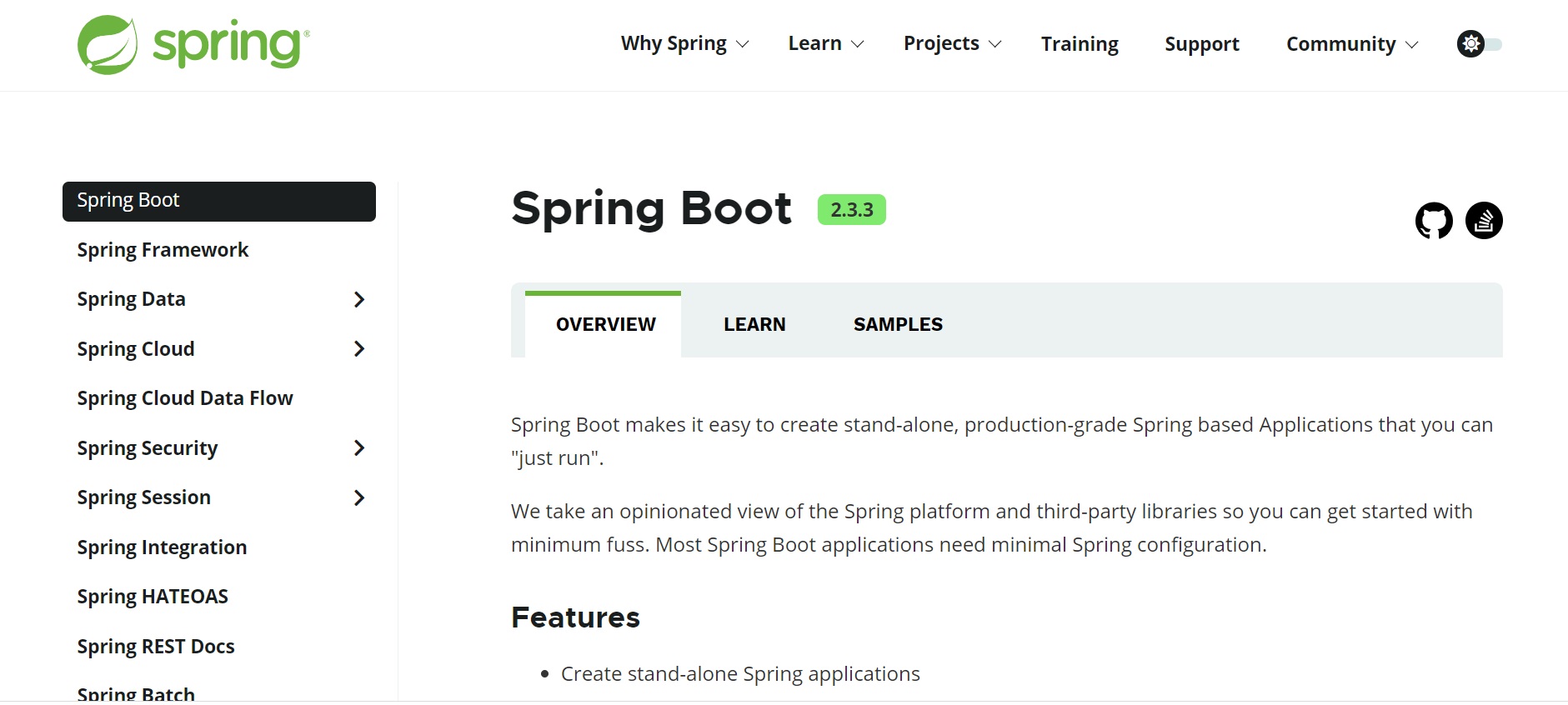
Spring Boot build easy to create stand-alone, spring-based applications that “just run”. They work on top of different languages for inversion control and aspect-oriented programming.
Key Features
- Create stand-alone Spring applications.
- Embed Tomcat, Jetty, or Undertow directly (no WAR files deployment).
- Provide opinionated ‘starter’ dependencies for the ease of building configurations.
- Provide production-ready features like- health checks, metrics, and externalized configuration.
- No need for XML configuration.
- No code generation.
2. Dropwizard
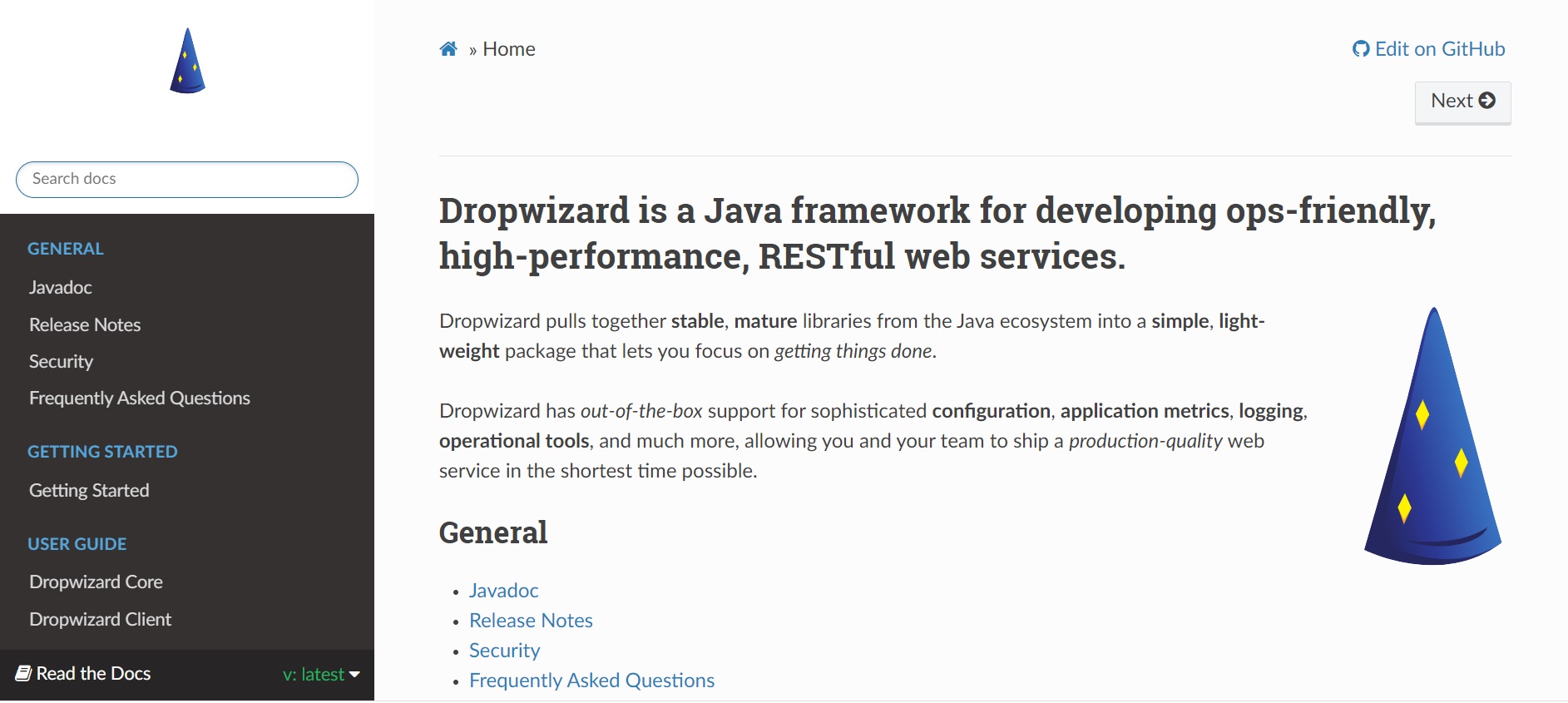
Dropwizard is used for building ops-friendly, high-performing, RESTful web services. This Java framework pulls together stable, mature libraries of Java into simple and light-weight packages.
Key Features
- Out-of-the-box support for sophisticated configuration.
- Operational tools
- Logging
- Metrics
Dropwizard allows you to ship a production-quality web service in the minimum time.
3. Spark
 Spark is a microservices framework for building rapid web applications in Kotlin and Java 8 with minimal effort. It lets you take full advantage of JVM by making you more productive through its sleek, declarative, and expressive syntax to make your code better.
Spark is a microservices framework for building rapid web applications in Kotlin and Java 8 with minimal effort. It lets you take full advantage of JVM by making you more productive through its sleek, declarative, and expressive syntax to make your code better.
Some of the top companies using Spark
- Asana
- Gosu
- Apache
- Playlyfe
4. Restlet

To build better web APIs, Restlet is adopted and supported by a large community of Java developers. It is a fully open-source, freely downloadable framework that can be used under the terms of the Apache software license guidelines.
Key Features
- Native REST Support
- Broad Use case support
- Flexible configurations
- Secure and scalable
- Complete web server
- Available representations
- Extensive connectors set
In Conclusion
Implementation of a specific JavaScript framework depends upon the kind of application we are planning to build. The list of the JavaScript frameworks is endless, but I tried presenting the best frameworks used to build APIs and Microservices depending on utilization and ubiquity in the JavaScript community.
Opinions expressed by DZone contributors are their own.

Comments